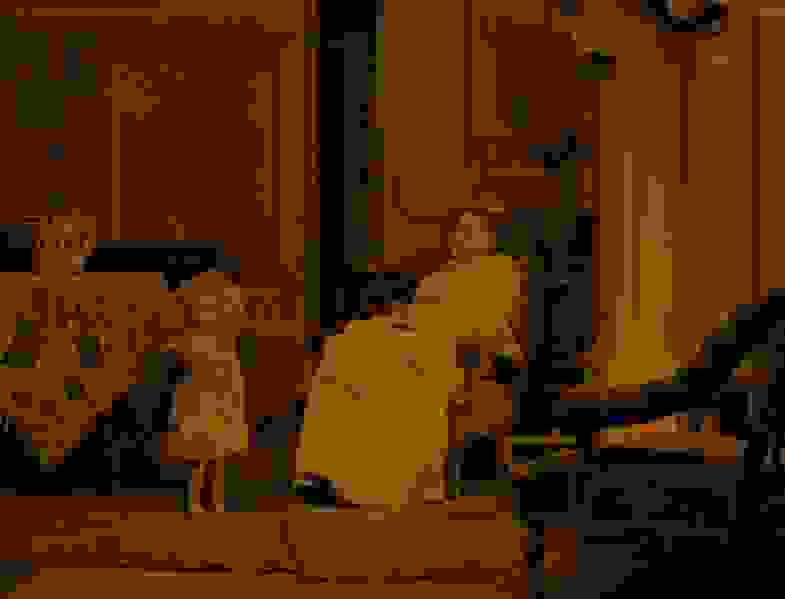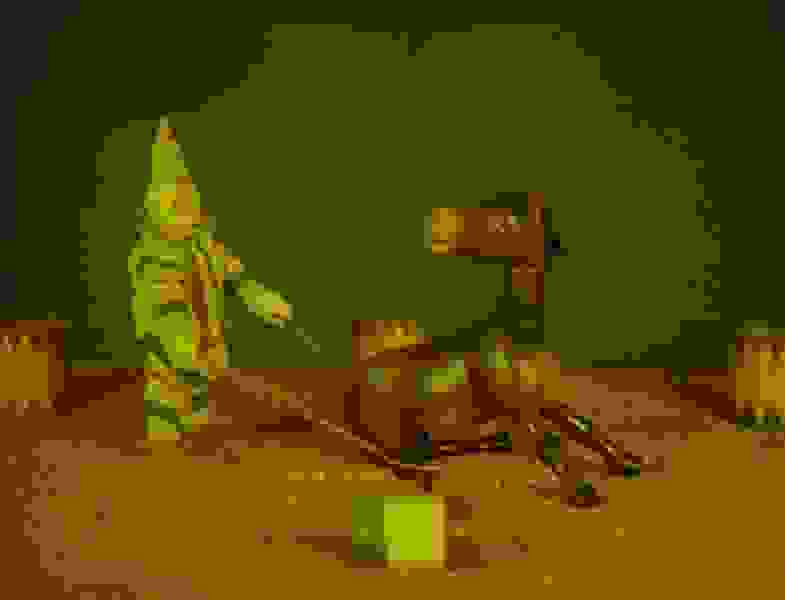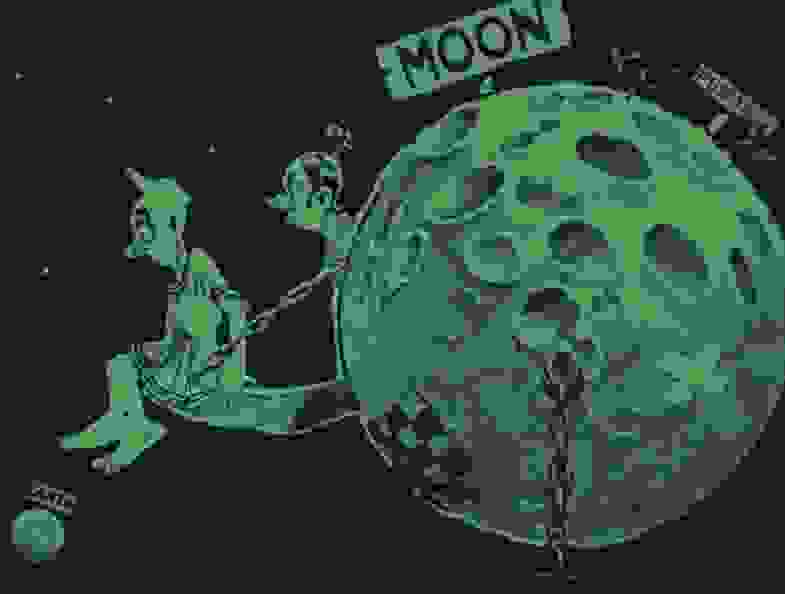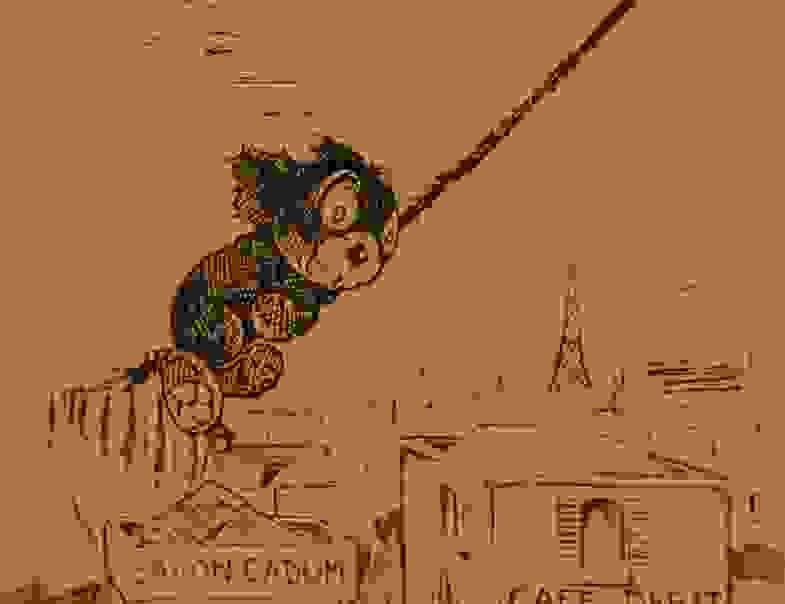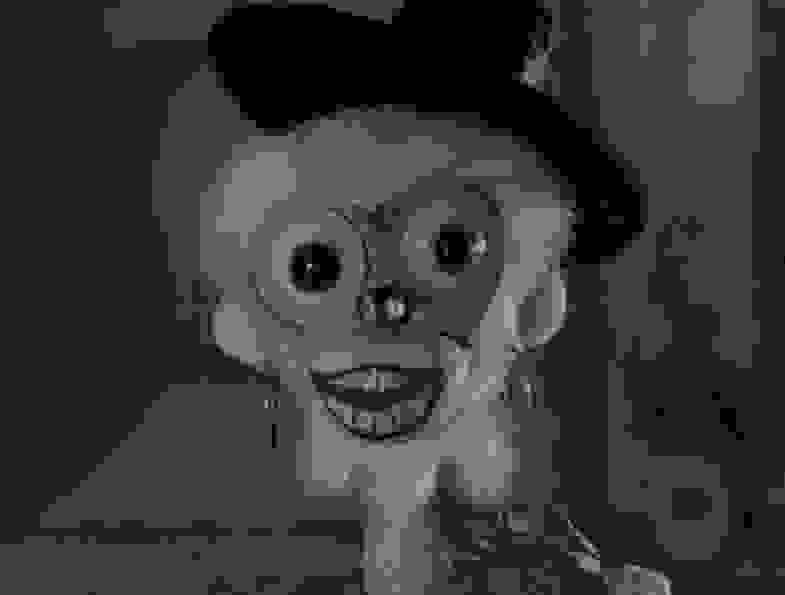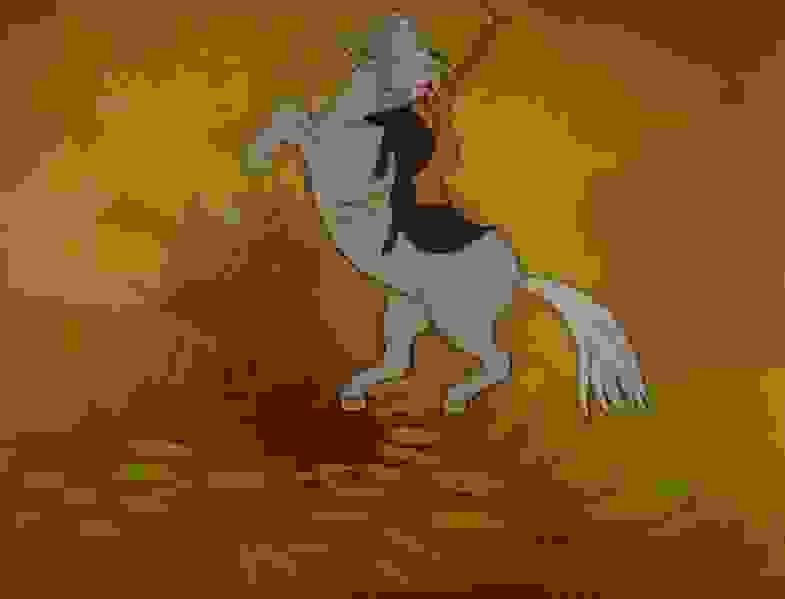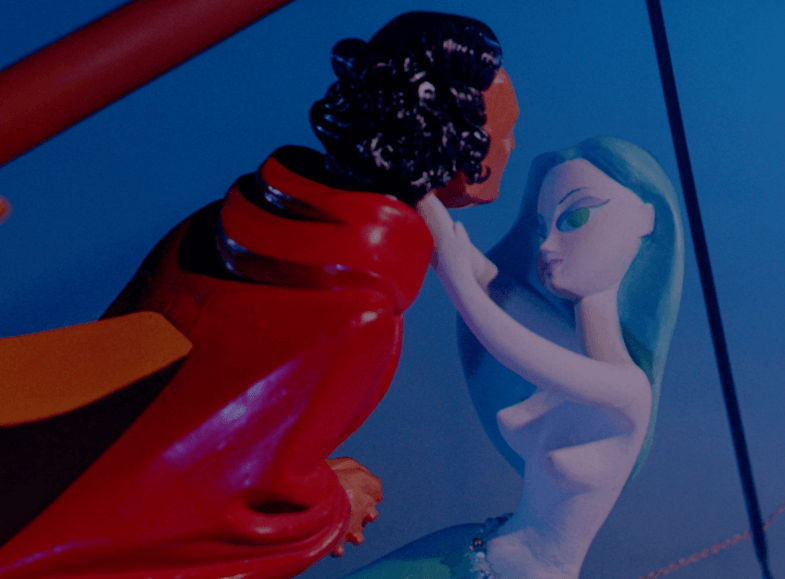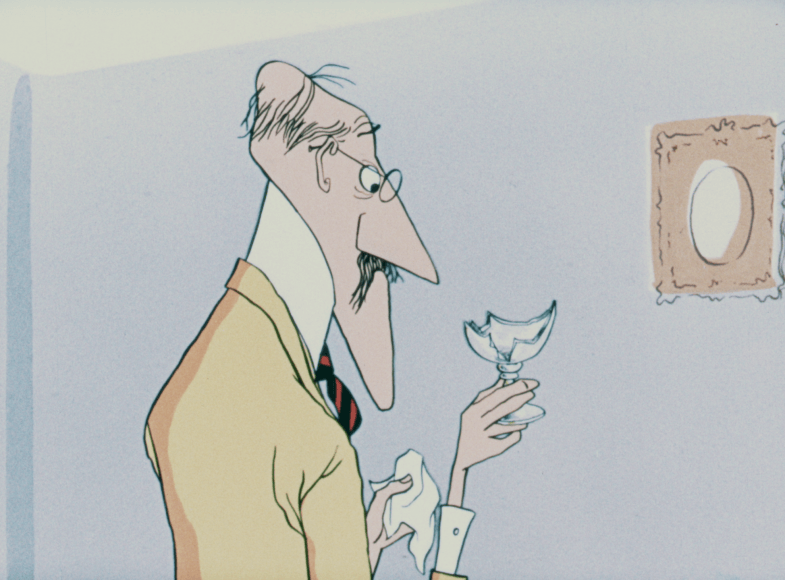Jealous Dolls and Brutish Bulldogs: Part 1
“Fancy squeezing ten decades of British animation into 90 minutes and telling it through only 15 films?”
“Yeah, I’ll give it a go.”
OK, so that’s not actually how the project started, but the short film programme Jealous Dolls and Brutish Bulldogs screening at this year’s London Film Festival on the 7th October has kind of ended up as just that. It’s even subtitled “A New History of British Animation”. A new history? What was wrong with the old one?
Old or new, it’s time that we started taking the heritage of the animation industry in the UK more seriously. Much of that heritage is held within the collection of the BFI National Archive, and I am in the very fortunate position of being its caretaker. Having spent the last few years with privileged access to some of the more obscure corners of an often neglected industry, I am delighted that the fruits of our labours are finally coming to bear.
This programme is actually a highlight overview of three feature length packages of remastered animated shorts that will be unleashed on cinema screenings in the new year. (There will also be a large number of similar films from across the history appearing online via the BFI Player, and many other developments but that’s for another time.) This is not a greatest hits exercise, and I would hope there are some unexpected surprises in there. But it is also an opportunity for a refreshed look at some more familiar favourites.
Skwigly seems the perfect home for some explanation behind the selection, so here is a look at the first half of the programme. Fair warning – if you don’t get out there and buy tickets I will be forced to unleash part 2…
Jealous Doll, or the Frustrated Elopement (1909)
Prolific silent film director Percy Stow was not particularly associated with animation, but was known for his use of tricks and effects – including in the first film adaptation of Alice in Wonderland (1903)
But this unusual short mixes live-action children with a stop-motion animated doll, and the end result that is more than a little creepy. Think Toy Story meets Fatal Attraction.
Animated Doll and Toy Town Circus (c1912)
There are a few thousand animated films in the BFI National Archive, and whilst I haven’t seen anywhere near all of them I’m always on the look-out for anomalies. When I saw the above title in our database it was catalogued as a British black-and-white stop-motion film from the early 1920s. As I wasn’t aware of anyone working with stop-motion in that period I asked for it to be retrieved from the vault for a closer look.
Winding through the film on an examination bench I could see that every other frame had a different density – they alternated as lighter and darker versions of the same image. This was a common technique used in many early colour processes for the cinema; different parts of the colour spectrum were captured on successive frames by filming through colour filters. Through a variety of means these colours could then be recombined in projection to recreate colour on screen. So I realised that what I had on my hands was a colour film. As far as our research has shown the only company that used a colour technique like this, and was also known to have produced animation, was Kinemacolor – which operated from 1908-1915. Trade press from the time suggests that they produced 5 or 6 animated shorts, but none are known to survive. This film does not seem to match any of the known details of those titles, so is something of an enigma.
But after scanning the film, colouring the alternate frames red and green and then overlaying them, we have created a new version of what might well be the earliest surviving “natural” colour film worldwide.
Ever Been Had? (1917)
Dudley Buxton is a name that I would love to see given more prominence in British animation history. He started animating in 1914, and continued into the 1930s but after initial success became increasingly anonymous. Google his name today and you are more likely to find his postcards.
This sci-fi comic marvel is not a new discovery, you can actually watch it on the BFI Player now if you are in the UK – but don’t! With this new remastered version we have tried our best to stabilise and clean-up a film that was in very poor condition when it came to the collection, and most importantly this version has had its original tints restored.
Booster Bonzo; or Bonzo in Gay Paree (c1925)
George Studdy’s Bonzo character was a mischievous little pup born in a series of single page cartoons in “The Sketch” magazine, who became a popular phenomenon of the 1920s. Studdy had experimented successfully with animation during the First World War, so it was perhaps natural that he tried to bring his later creation to the screen. At least 24 episodes were made between 1924-1925, and this is one of my favourites. An archetypal British tourist, Bonzo’s first move when he arrives in Paris is to overindulge on the vin rouge at a local brasserie and try to chat up the (human) waitress. This version also has restored tints, and I should also add that all the films up to this point in the programme are silent and will be accompanied by a pianist.
Experimental Animation (1933)
Len Lye’s A Colour Box (1935) is rightly celebrated as a landmark in animation history internationally, but couple of years earlier he had been experimenting in a very different fashion with stop-motion. Also known as “Peanut Vendor”, this originally unreleased short featuring a singing monkey was very sadly left incomplete and almost breaks your heart when it ends so abruptly.
Fox Hunt (1936)
Joie De Vivre (1934) by Alexander Gross and Hector Hoppin is another rightly celebrated classic, but their follow up film is much less known. Produced in Britain under the support of Alexander Korda’s London Films, it was the first British animation produced in Technicolor. It’s a delightful film showing a very different path and aesthetic for the industry that was sadly not picked up again for many years.
The Figurehead (1952)
We all know Halas & Batchelor Cartoon Films, principally for Animal Farm (1954) which was the first British animated feature. But this film was a rare venture into model work and stop-motion, undertaken whilst their breakthrough project was in early development. One of the highlights of the Halas & Batchelor paper collection at the BFI National Archive is Joy Batchelor’s beautiful watercolour storyboard for this beguiling tale of booze, mermaids and wayward carpentry.
Parents Take Hart (1953)
A commercial break slipped into the middle of the programme, in the form of a cinema advertisement animated from key drawings by Ronald “St. Trinians” Searle. The film was produced at the often overlooked Larkins Studio under the art direction of Phil Windebank: the sister of studio founder William Larkins, who played a far bigger role into its day-to-day operation. Emphasising the pivotal of a number of creative women in the development of animation in Britain is a key theme behind many of the selections.
And this seems like the perfect intermission to bring Part 1 to a close. Tickets go on sale to the public on Friday 14th September at 10am from the BFI website or the BFI Southbank box office.


